Consignment Store; Marvelous Merchandise: Antiques & Collectables-Survival Techniques
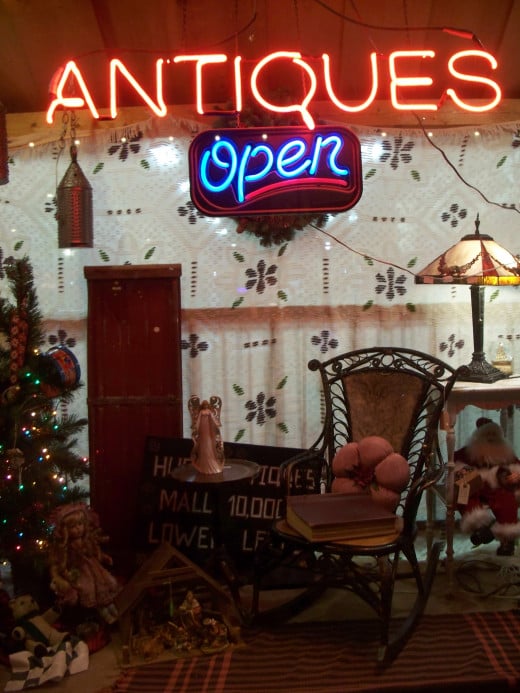
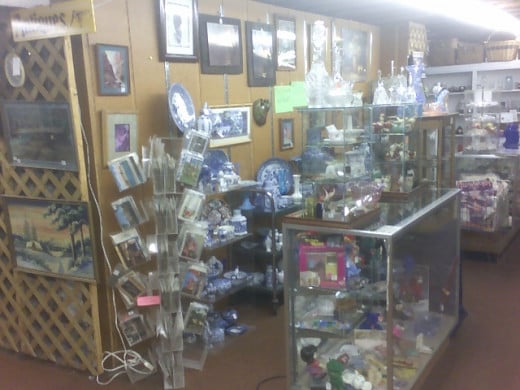
What is a CONSIGNMENT STORE ?
Consignment Store
What is a Consignment Store? A consignment store is an establishment that takes items to sell for another person or party and part of the proceeds is split between the establishment and the ones bringing in the items for resale. The split of the sale is usually split 50/60 or 50/50 where the store keeps some and then the rest goes to the consignee. This type of transaction helps the store and the party selling the items by furnishing good quality items, having a place to sell the items, not having to hassle with customers and to turn items into cash.
Customers and buyers also seek antiques and collectibles in consignment stores because the consignees that are bringing items in to the establishment for resale sometimes do not know the real value of an item and the consignment store sees an estimated value in each item. It is hard to find a going price or a price that the item the customers will be willing to spend. The main objective of the consignment store is to sell the items at a fair, honest and sometimes agreed price of the consignee.
The consignment stores have to have good, quality, clean, wanted merchandise that can be sold at reasonable prices. If the consignment has all items that will not bring in customers, then the business will soon fail. The location needs to be where customers can readily access, park and shop. If the consignment shop has what the customer wants and the items are at a reasonable price, the customers will show up.
The consignment store also has to advertise. The signage has to tell what the store is about, the hours, the items available and should be easily readable. The best way to advertise is word of mouth. It has been said that one mouth can tell on average 7 more people per week about an event, a happening or about a store. The rate is said to go up when a person is unhappy with a happening or event, so it very important to keep each consignee and customer happy
Mothers and Dads are bringing their children into the stores and letting them set up accounts, with their parent's permission, to let the children run their own small business. In this way, the children are learning what sells, how the American Dream of entrepreneurship works and the consignment store is a great learning tool for later life for the children, as well as the parents.
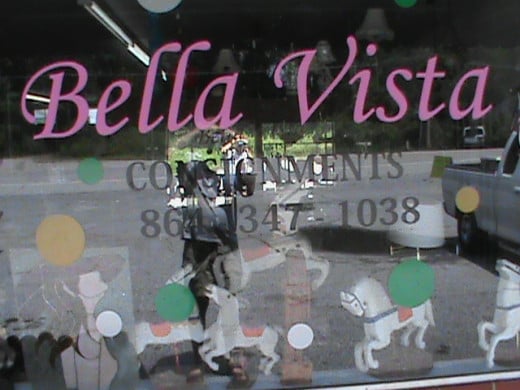
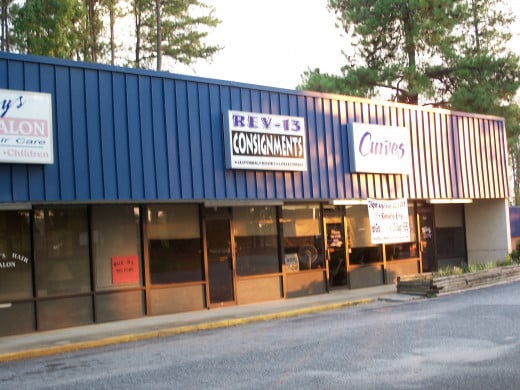
ITEMS AVAILABLE AT CONSIGNMENT STORES
What kind of Consignment Items are Available?
Just about any kind of merchandise can be sold at the consignment store. More and more consignment stores are staying away from any item or merchandise that have a lot of recalls from the manufacturer or items that can cause harm to children, adults or to animals. Some of these include cribs, helmets, strollers, fireworks, motor driven machines and lead painted items.
The survival of any consignment store includes getting clean, good and wanted items and merchandise. Many consignment stores sell clothes, shoes, furniture, glassware, flatware, trunks, skates, antiques, collectibles and nick-knacks.
For any one that is on a budget or limited income, the consignment store is a great place to begin the hunt for the item wanted or needed. Consignment stores are also the place to make money for resale. There have been many times that a customer has found an item that was found out to be worth thousands later. Sometimes whole estates are put into some of these consignment stores where the real value would not be realized but priced to move quickly.
Quickly going through a consignment store, a customer can find antiques, collectibles, bird cages, pictures, paintings, collectibles, pottery, clothes, cut crystal, lamps, couches, beds, tomatoes, peppers, cucumbers, shoes, socks, Lincoln Logs, tables, stands, books, book shelves, videos, DVDs, ice cream freezers, stoves and so much more. McCoy and Hull pottery can also be found at reasonable prices of less than 20 dollars.

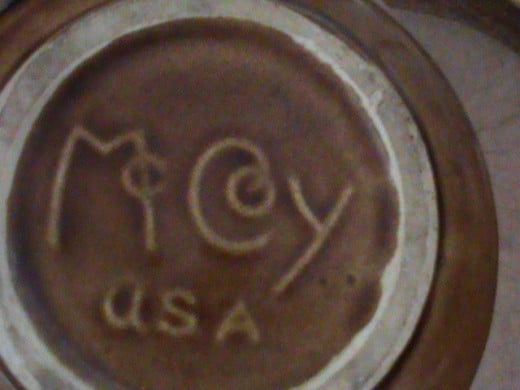
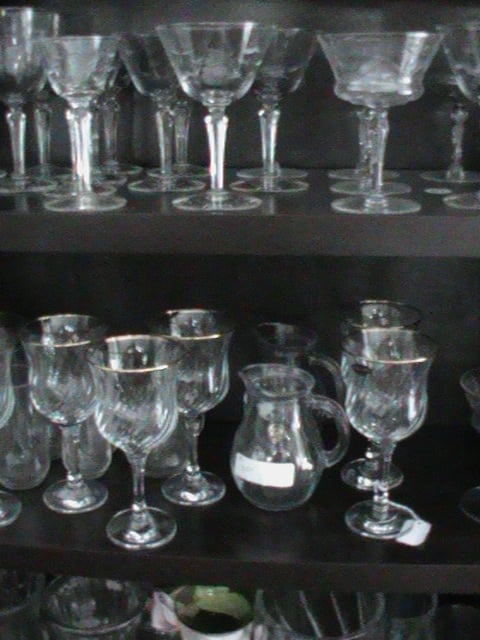
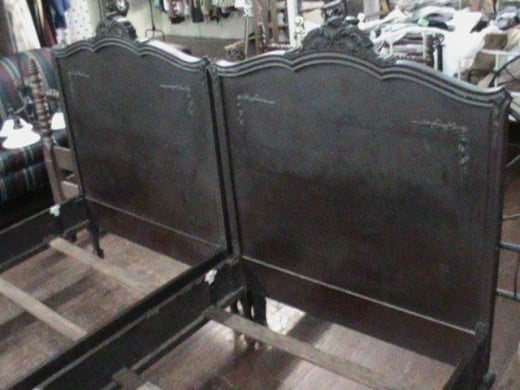

THE PRICES
The Pricing of the Merchandise
When items are brought into most resale, consignment and thrift stores, the merchandise is sorted into categories that define quality, cleanliness, how new, whether in demand or not, who made the item, how old, in need of repair, dangerous, saleability, value and market readiness. Some items just cannot be sold or marketed. Porn, dangerous items, illegal items, ivory items, some skins, drugs and recalled items are on that list of most stores. Computers are being used more and to look up going prices and what items are selling for. When consignment stores, thrift stores and resale stores try to find like items or what a value to put on an item, sometimes it is very hard. EBay is one site where most items can be looked up and see what the item or similar item sold for by looking up completed auctions.
So when the merchandise is separated, the value should be well to reflect the agreement of the consignee because of the history, the attachment to the merchandise and the knowledge of the quality that the consignee might have. When consignees bring merchandise into the consignment store, some respect the idea that the store will take 40,50 or sometimes 60 percent, but when the going price of an item will only bring fair market value, they have second thoughts of selling an item at such a low rate. Other consignees are consigning the merchandise and items just to clear out space, to get extra money or because they are moving.
About every three months, most consignment stores reduce what has been in the store for those items that have not been claimed or picked up after the contract has ended for those items. Most consignment stores have to make room for more and new items, so they have to reduce what is left behind and not claimed. This is when there are many bargains to be had and terrific buys abounds.
Each tag that is attached will have a price for the customer, the consignee number and will also have a date that the merchandise was put out for sale. The price tag might also have the consignment store information, the times open and a telephone number. When the merchandise is rung through the register, the tag is usually took off, copied or tore in half to record the consignee information of what item sold, how much and to which consignee would get the credit.

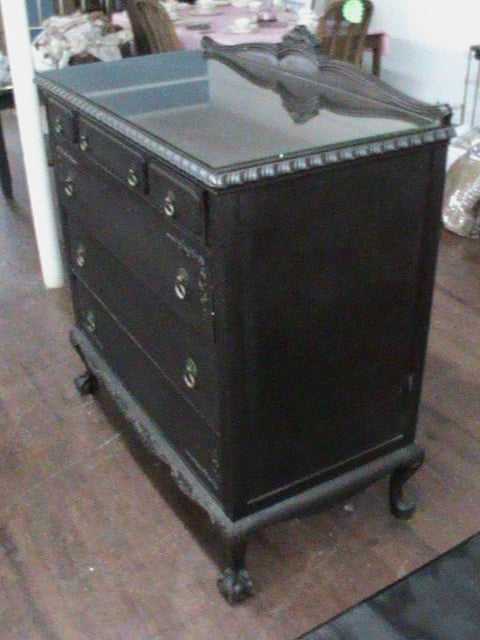
WHAT IS NEEDED FOR A SUCCESSFUL CONSIGNMENT STORE ?
Success and Survival !!!!!
The following strategies are needed for survival of any store.
· Merchandise or items wanted by others
· Merchandise or items priced where people will buy
· Customer base
· Good, Quality merchandise and items
· Good location
· Advertising
· Something to get repeat customers back into the store
· Word of mouth reports
· Turn-a-round of merchandise to always show new merchandise
· Good deals
· Strategy to get new customers into the store
· Community involvement
· Contact information
· Good consignees and good consistent consignments
Paying the Bills
How to make ends meet/How to pay the bills?
When a consignment store or any store is first started, there are numerous start-up costs and the cost of doing business expenses. Usually it takes months to get a business off the ground and running and the costs and expenses will outweigh the income. Getting the customer base and the repeat customers is one of the hardest hurdles to overcome.
The owner or manager must control expenses while at the same time, get new customers and consignees. The more consignees will result in more customers because they will try to get customers into the store also because they now have a stake in the selling of the merchandise. Some consignment stores are also renting space that would have been stagnate and unused to people who would put in their own merchandise and maintain the appearance and stocking. The consignment store would receive rent plus a percentage for selling the merchandise. In this way, the rent would pay the rent for the whole consignment store and the percentage would pay the hourly wage of the cashier.
There are numerous expenses enquired while opening and running a consignment store. The building itself, the electricity, the phone, upkeep, tickets/tags, computer, filing system, taxes, register, racks, payroll, licenses and insurance to list a few. There are everyday expenses that occur that normally would not and cash money has to be kept on hand as petty cash.
The Consignment Store Success and Survival
Success of the Consignment Store
During these times of reduced jobs, economy shrinking and employee downsizing, the consignment store works for the best of both worlds. The customer can buy clean, quality merchandise and items at affordable prices and even put items on consignment to put some spending money in their pockets. The consignment store can be the in-between negotiator to take, price, sell for the consignee and the customer. With the economy being in a spiral whirlpool, the combination of entrepreneur, salespeople and auctioneer spirit of the consignment stores will make very interesting adventures for the consignees and customers.
In this time of distressed economies, the consignment store can be a blessing for those running the store, those making a profit by submitting merchandise and especially for the customers who can get great bargains and items that are needed at second hand store prices. With the addition of rental booths, entrepreneurs can experience the thrill of starting their own store within a store, without the hassles of insurance, taxes, store expenses and the aggravation of dealing with the public.
The survival of the consignment store relies on many different characteristics including location, the advertising, the promotions, the appeal to the customer, repeat customers, the charisma and draw, the community, the type of merchandise and repeat customers. The consignment store will have to absorb the costs of doing business for a period, while the store gets on its own standing, establishing a flourishing trade and bursting business.
The consignment store is a different breed of other stores in that the store usually does not own its own merchandise, but the merchandise remains the property of the consignee. The store presents and promotes the merchandise for sale and when the sale takes place, a percentage is taken for the store’s efforts, as per the contract between the store and the consignee. The key to a successful consignment store is traffic, just not passer-bys, but actual shoppers, who have money and will spend the money for items that they can use, resale or encompass. Much effort should be made to get people’s attention, foot traffic into the store and promotion of the merchandise offered for sale.
The consignment store management can learn from the mistakes, goals, advertising and experiences from other store owners. The knowledge and information from successful adventures, stores and retail practices can be a great help in the triumph of overcoming troubles and problems.
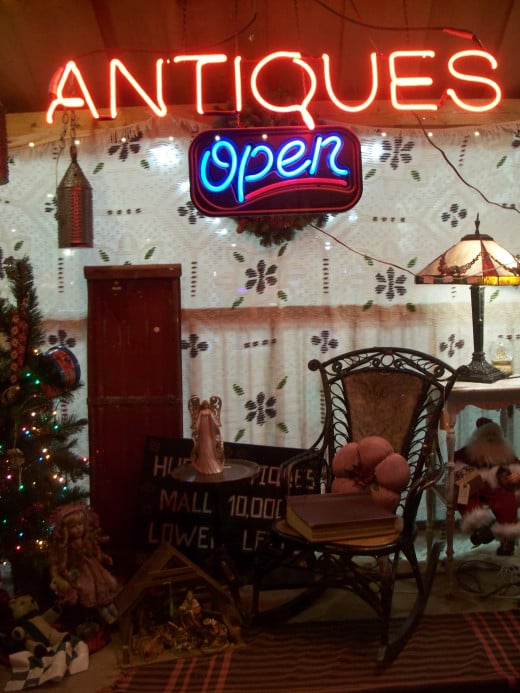
CONCLUSION
The Consignment Store Advantages
For all those people who have not taken the advantage of visiting a consignment store, stop by and see the excellent values, the wonderful antiques, collectibles, vintage items and other unique items that would not be found anywhere else, sometimes a one-of-a-kind find. Consider putting some of the items that is in your attic, garage or storage building on consignment because one may never know what can happen from day to day. It would be better for someone to get some use out of the items than to never be seen or worse yet, to be hauled to the trash dump. REMEMBER, ONE PERSON’S TRASH IS ANOTHER PERSON’S TREASURE.






















